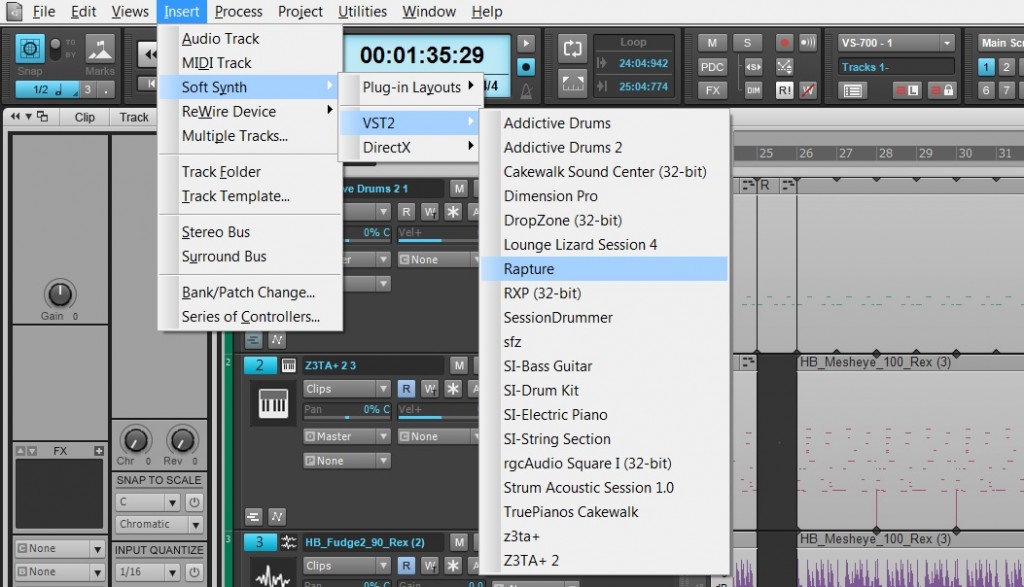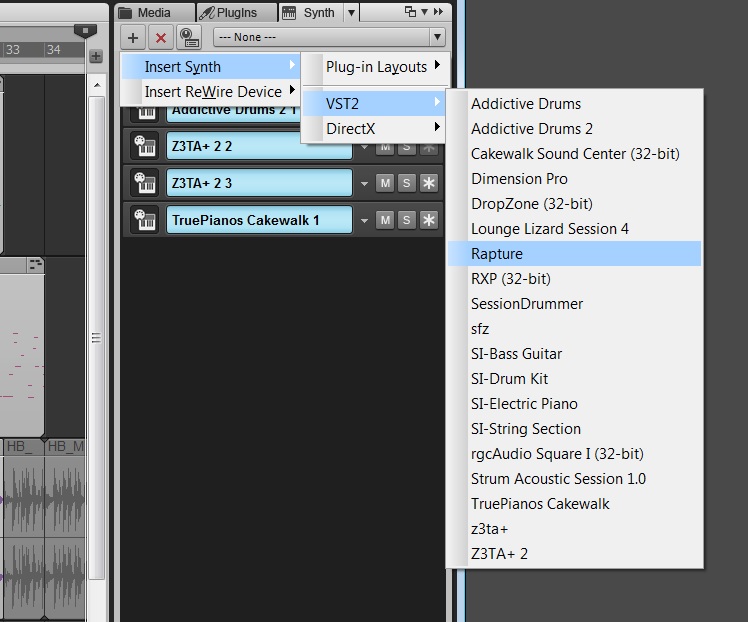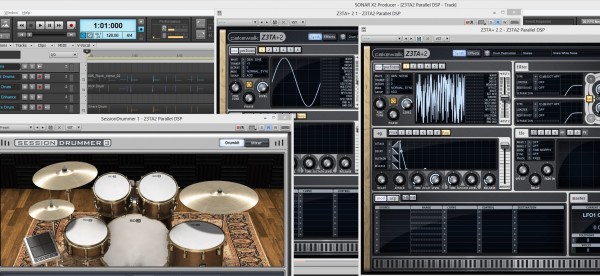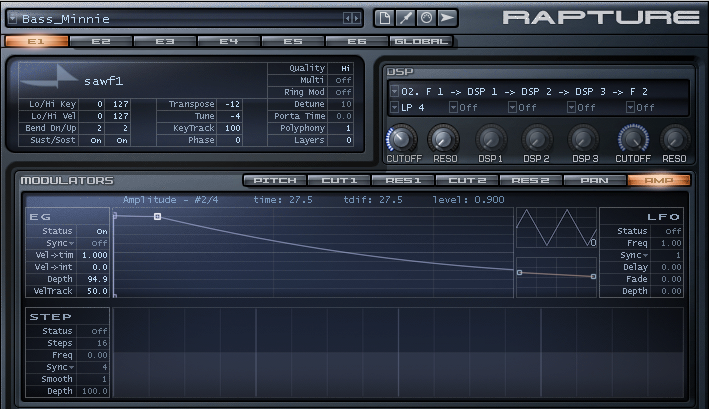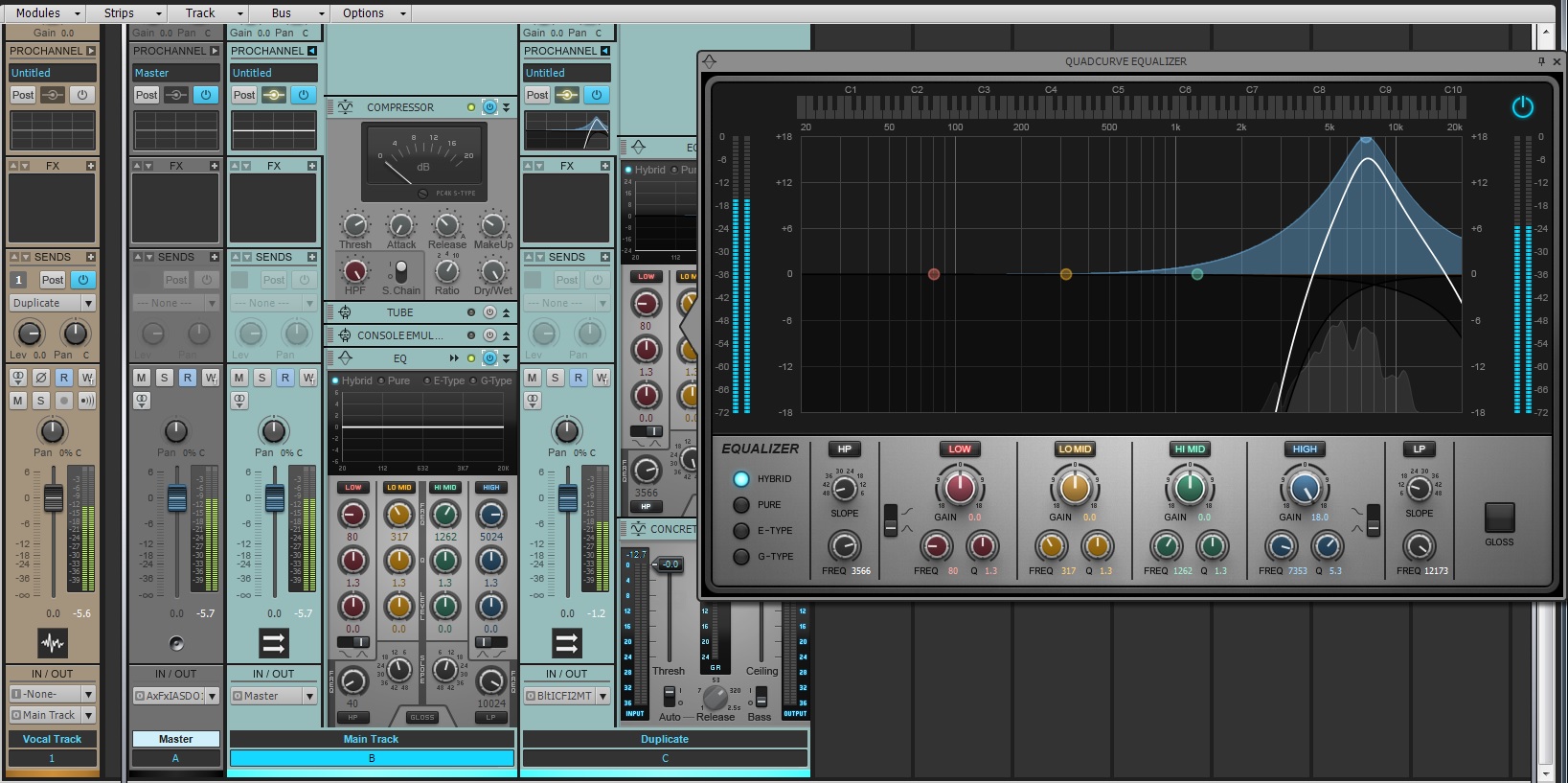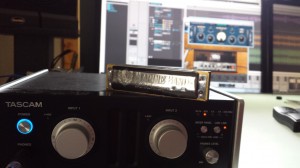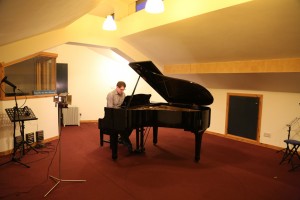 Since the release of SONAR X3, there have been more and more commercially viable SONAR studios popping up around the world. One of the more interesting ones that we have found recently is nestled in a land known more for its castles and Celtic folklore rather than commercial music. But nevertheless, there’s a little-engine-who-could called Shabbey Road Studios who are finding great success from London to New York City through their network of talented clients and talented staff. Operated by producers-mixers-musicians-songwriters Al Steele, and Nigel Hart, Shabbey Road Studios is a full service studio just outside of Cardiff Wales.
Since the release of SONAR X3, there have been more and more commercially viable SONAR studios popping up around the world. One of the more interesting ones that we have found recently is nestled in a land known more for its castles and Celtic folklore rather than commercial music. But nevertheless, there’s a little-engine-who-could called Shabbey Road Studios who are finding great success from London to New York City through their network of talented clients and talented staff. Operated by producers-mixers-musicians-songwriters Al Steele, and Nigel Hart, Shabbey Road Studios is a full service studio just outside of Cardiff Wales.  Al, a native Australian, has been a multi-instrumentalist since the age of 8. A natural career progression in the music industry brought him around the world at a young age with some very significant names such as the Billboard chart-ers Johnny and the Hurricanes, and Del Shannon who had the #1 Billboard hit song “Runaway” in 1961. He has also appeared as a featured guitarist on many music placements in the Film and TV world which has added much credibility to his current role at Shabbey Road. Al’s studio partner Nigel Hart is a Musical Director, Film and TV Composer, Songwriter and Arranger. He plays keyboards and sings, but also has a large back catalogue of instrumental compositions and songs. Recently, Al and Shabbey Road Studio’ staff have been recording Dan and Laura Curtis who are best known for their album “Love on 42nd Street,” which was released in aid of the BBC Children in Need appeal. Al was assisted throughout this project by Rob Sherwood, another multi-instrumentalist/engineer and X3 enthusiast. Daniel and Laura Curtis are considered as one of the foremost ambassadors for the preservation of the music of the Great American Songbook in the United Kingdom. The Great American Songbook offers a dazzling parade of American popular songs as seen and heard in some of the most beloved films and musicals ever made.
Al, a native Australian, has been a multi-instrumentalist since the age of 8. A natural career progression in the music industry brought him around the world at a young age with some very significant names such as the Billboard chart-ers Johnny and the Hurricanes, and Del Shannon who had the #1 Billboard hit song “Runaway” in 1961. He has also appeared as a featured guitarist on many music placements in the Film and TV world which has added much credibility to his current role at Shabbey Road. Al’s studio partner Nigel Hart is a Musical Director, Film and TV Composer, Songwriter and Arranger. He plays keyboards and sings, but also has a large back catalogue of instrumental compositions and songs. Recently, Al and Shabbey Road Studio’ staff have been recording Dan and Laura Curtis who are best known for their album “Love on 42nd Street,” which was released in aid of the BBC Children in Need appeal. Al was assisted throughout this project by Rob Sherwood, another multi-instrumentalist/engineer and X3 enthusiast. Daniel and Laura Curtis are considered as one of the foremost ambassadors for the preservation of the music of the Great American Songbook in the United Kingdom. The Great American Songbook offers a dazzling parade of American popular songs as seen and heard in some of the most beloved films and musicals ever made.
“Whether a project is large or small, our emphasis is always on melody and the big arrangements and massive mixes which are all there to support the song and vocalist. Because of this we spend a long time on recording and then editing the ‘perfect’ vocal take.
The new Comping feature in Sonar X3 is simply amazing. The ability to quickly audition and select your preferred take without having to painstakingly move to a master track is a massive time saver. To just be able to slip the edit point back and forth cuts our editing time by about half! Continue reading “How A Small Studio in Wales is Making Big Waves Internationally Using the ProChannel and Console Emulation”


